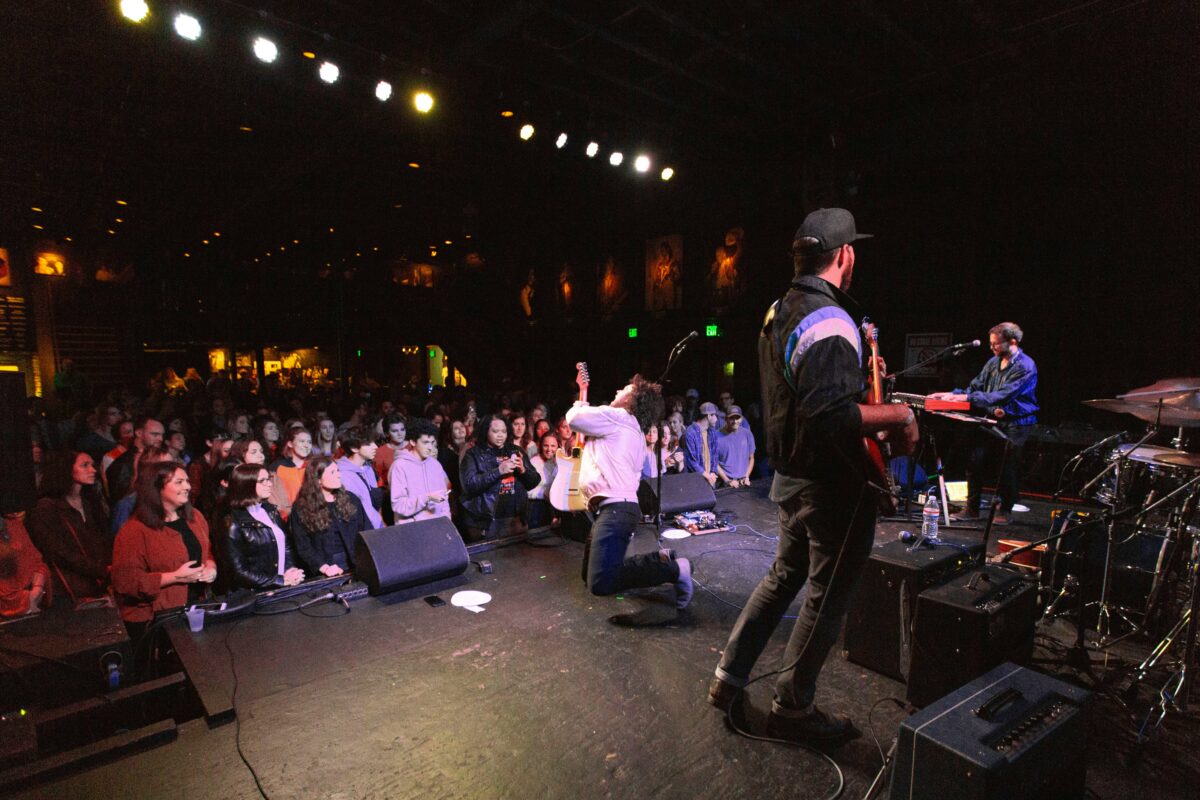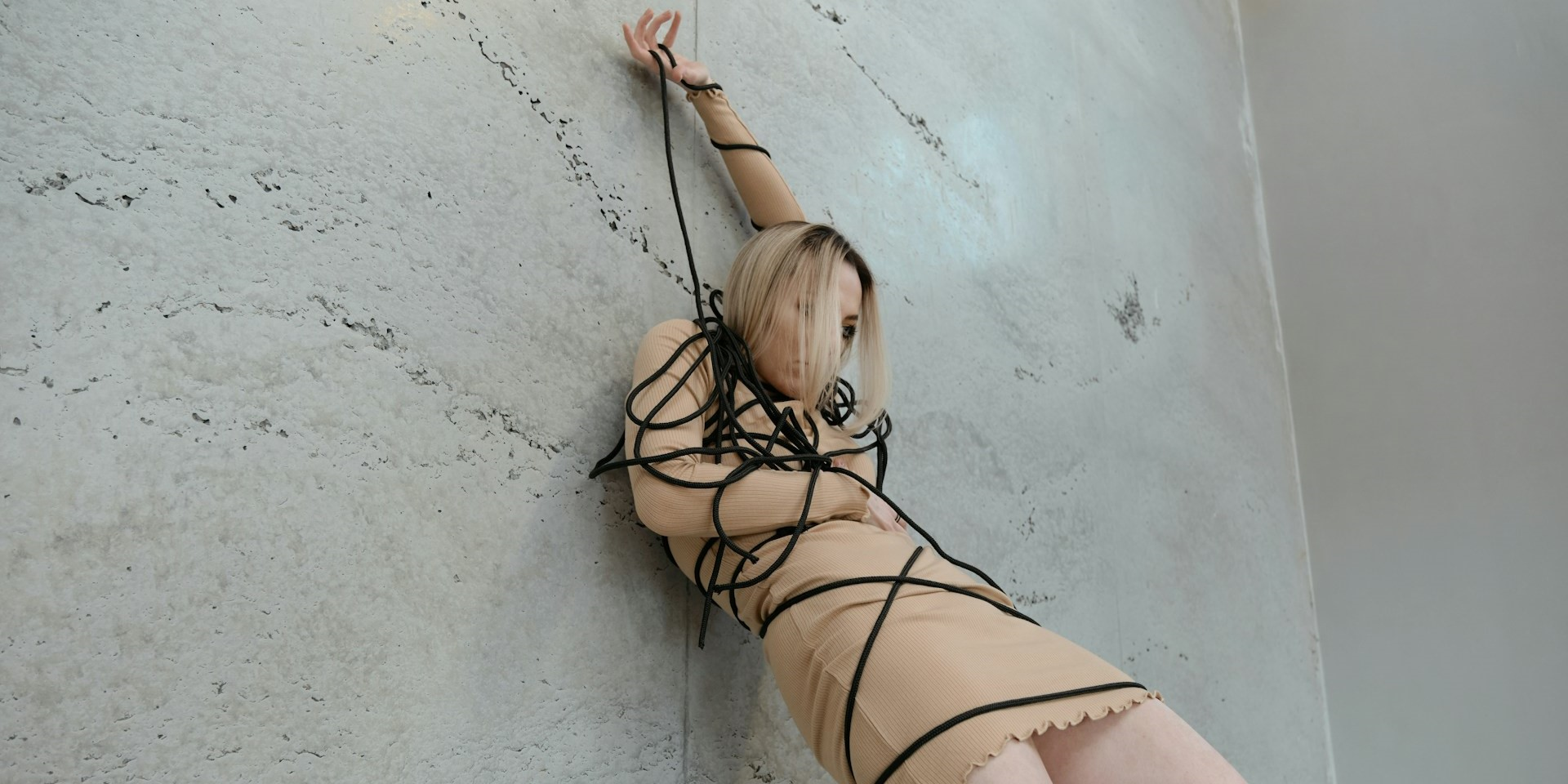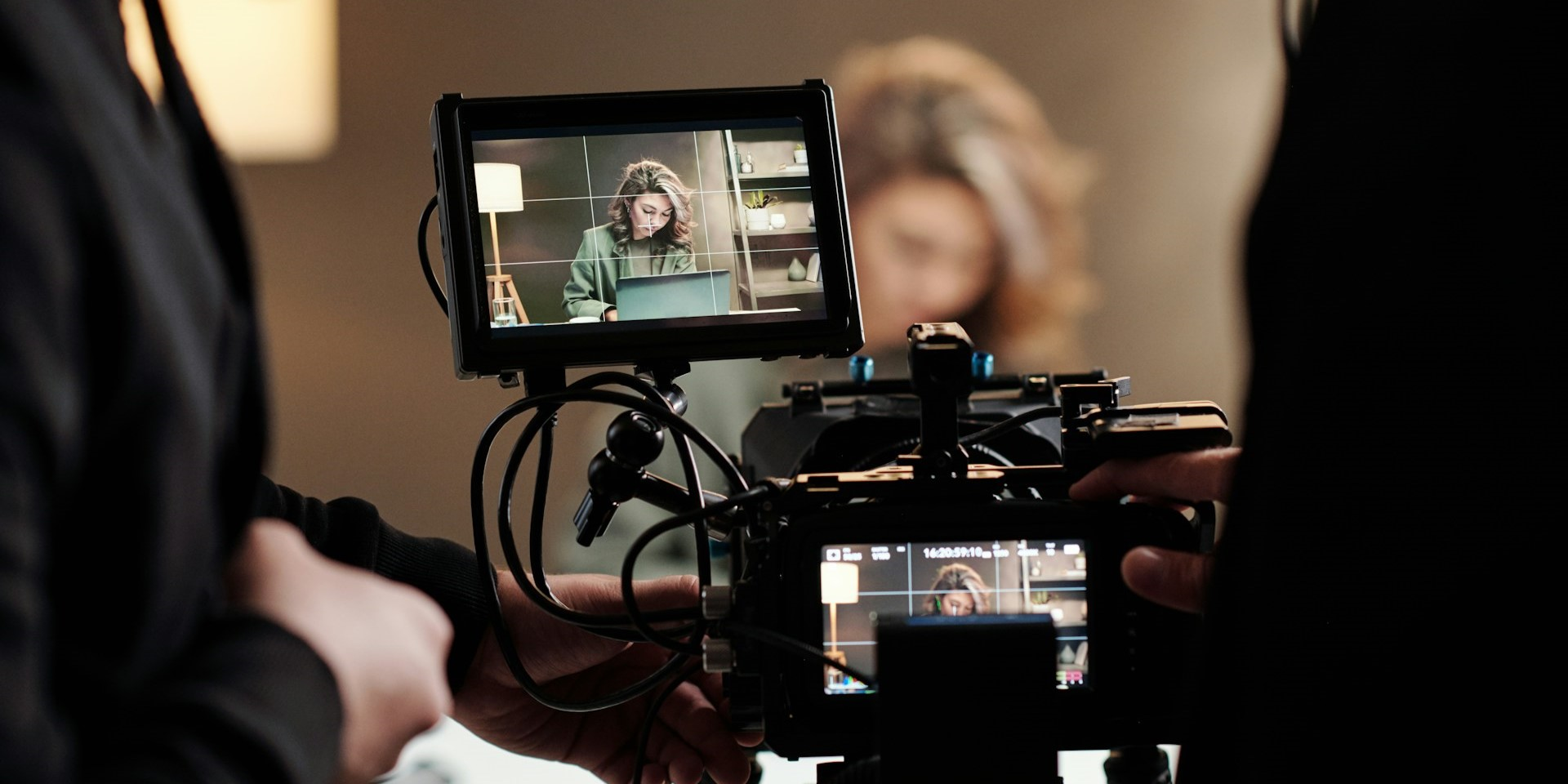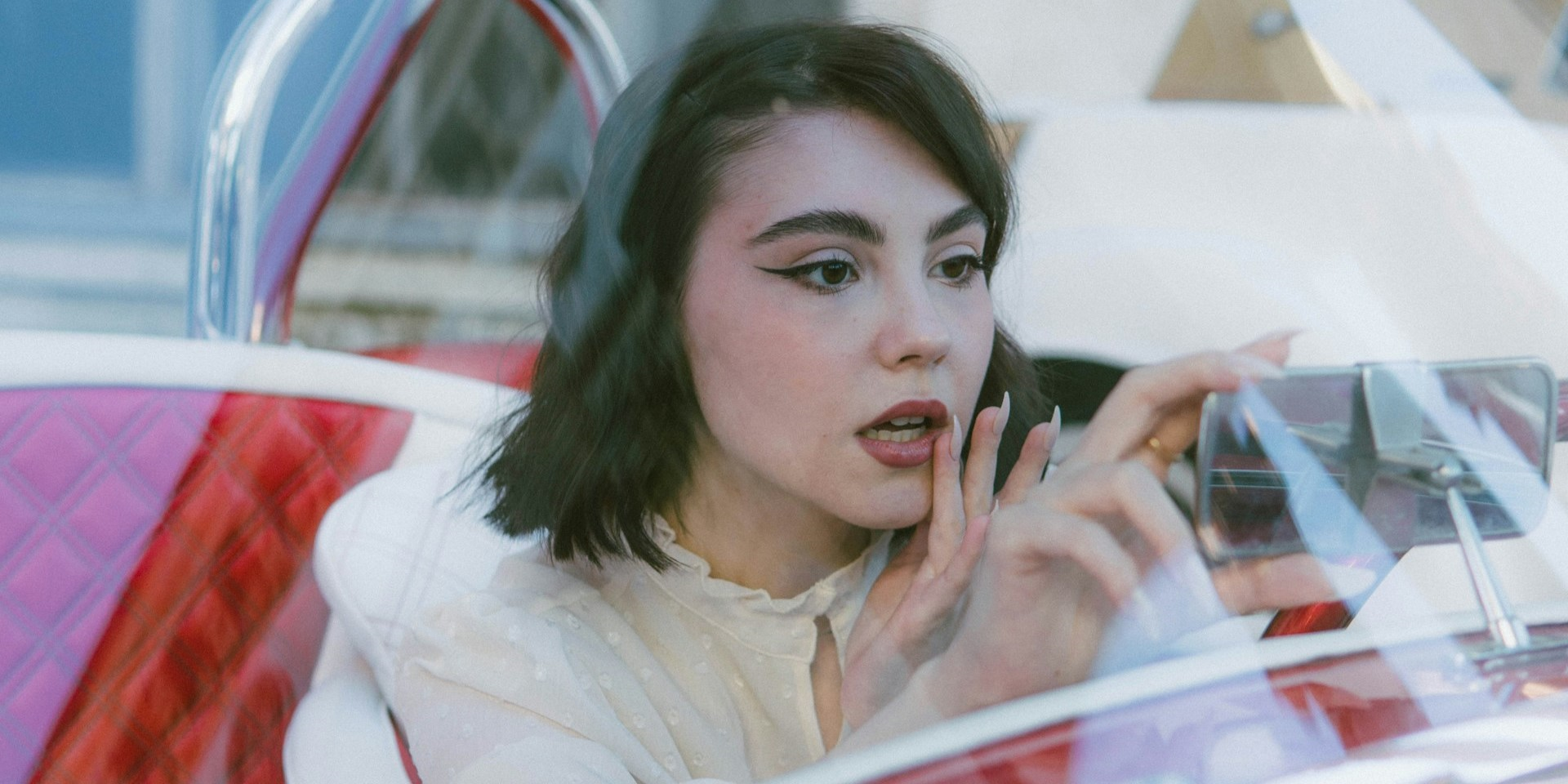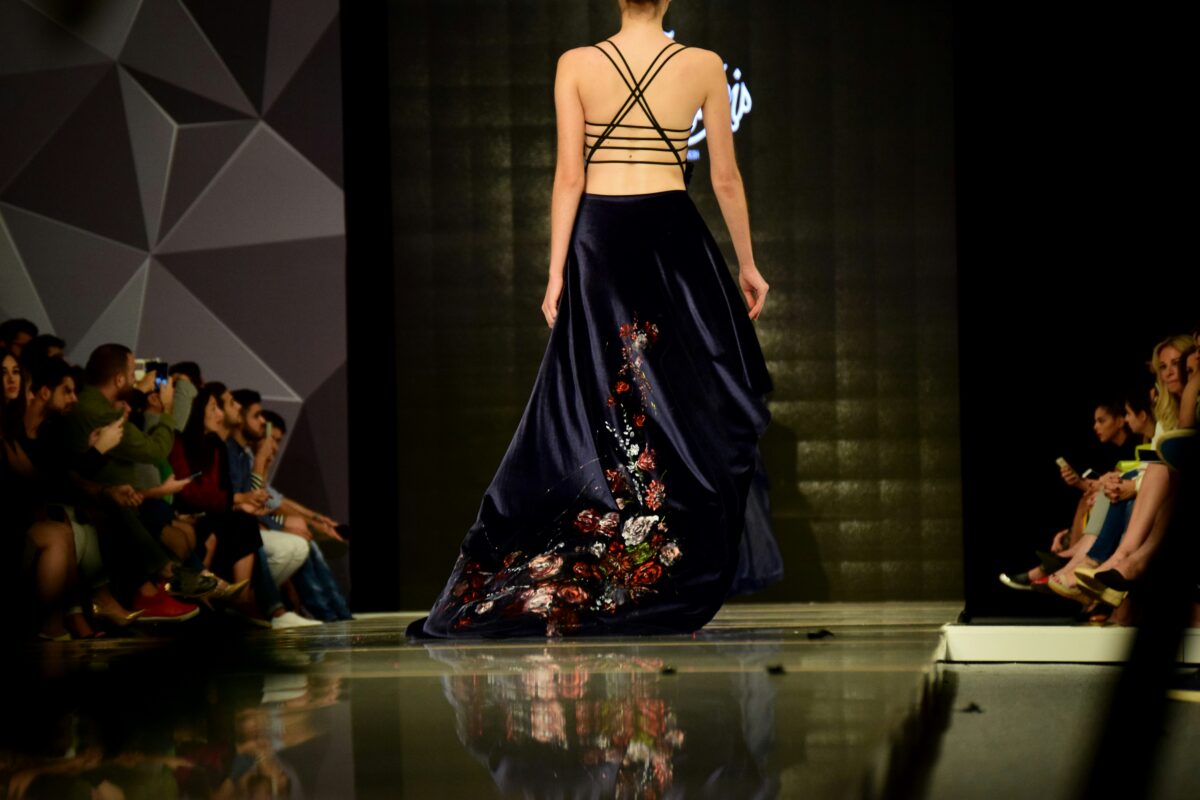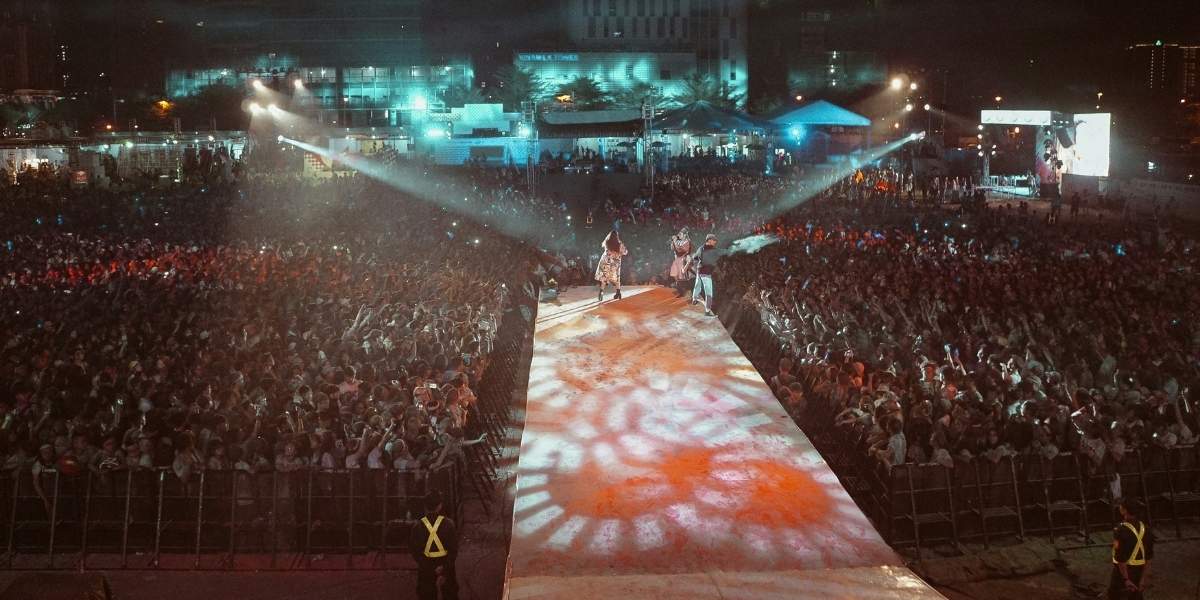Top Entertainment in Nashville: Explore Music, Theaters & More
What Makes Entertainment in Nashville So Unique?
Nashville, the heart of country music, is a city filled with an array of entertainment options. Known for its vibrant music scene, the city also offers a variety of experiences, from theaters showcasing Broadway hits to cinemas screening the latest films. Nashville’s entertainment scene is rich and diverse, reflecting the city’s energetic culture and creative spirit. Whether you’re in the mood for live music, theater, or a quiet night at the movies, Nashville delivers something for everyone. Let’s dive into what makes the entertainment in Nashville so special.
What Are the Top Music Venues in Nashville?
The first thing that often comes to mind when thinking about entertainment in Nashville is music. Known worldwide as “Music City,” Nashville is the birthplace of country music, but the genres you’ll find here span far beyond just that. Iconic spots like The Grand Ole Opry and The Bluebird Café attract thousands of visitors each year, offering intimate live performances that echo the city’s rich musical heritage.
Beyond these legendary venues, Nashville boasts a multitude of smaller stages that serve as a proving ground for up-and-coming talent. Places like The Basement and Third Man Records host a wide variety of performances, from local rock bands to acoustic folk artists. If you want to experience the soul of Nashville’s music scene, you don’t have to go far.
Many of Nashville’s best music venues allow guests to enjoy performances in settings that are casual and welcoming, making it easy to connect with both the music and the local culture. For those who prefer a more upscale experience, venues like Ryman Auditorium provide a fantastic atmosphere, blending history with world-class acoustics.
Why Is Nashville Known for Its Theaters?
While music dominates Nashville’s entertainment scene, the city is also home to a flourishing theater community. The Tennessee Performing Arts Center (TPAC) stands at the forefront, hosting a range of performances from Broadway shows to classic plays. With its grand architecture and versatile stages, TPAC offers a refined theater experience that appeals to a broad audience.
For a more intimate theater experience, Nashville has smaller venues like The Belcourt Theatre, which focuses on independent films and special screenings, creating a cozy, community-focused atmosphere. The city’s theaters are also home to a wealth of talent, with local companies such as Nashville Repertory Theatre showcasing original works and classic productions alike.
Nashville’s theater scene has a particular charm that reflects the community’s dedication to the arts. The city’s venues, whether grand or intimate, offer a variety of plays, musicals, and performance art that celebrate creativity and storytelling. Whether you’re an avid theatergoer or just looking to experience something new, Nashville offers a rich theater scene that rivals many larger cities.
Where Can You Find the Best Cinemas in Nashville?
For movie lovers, Nashville also provides a range of cinema experiences. From major chain theaters to independent film houses, Nashville offers a diverse selection of film screenings. Venues like The Regal Green Hills Stadium 16 provide the latest blockbusters in luxurious settings with reclining seats, perfect for a relaxing night out. If you’re looking for a unique experience, The Belcourt Theatre also hosts a variety of classic films, indie releases, and special screenings, making it a must-visit for cinema enthusiasts.
For those seeking a more traditional theater experience, Opry Mills Mall features a large cinema complex that often screens family-friendly movies and new releases. It’s an excellent spot for a casual night out, where you can enjoy the latest films in a convenient and comfortable setting.
However, the charm of Nashville’s cinema scene doesn’t just lie in its modern theaters. The city also has a rich history of film screening, and places like The Vintage Theatre and The Nashville Film Festival give movie lovers the opportunity to watch lesser-known films and indie productions that you won’t find in larger chains. These events contribute to the local film culture, which is thriving in its own right.
Why Nashville Is the Ultimate Entertainment Destination
Nashville stands out as a top entertainment destination for a variety of reasons. First, its music venues provide both up-and-coming talent and world-renowned artists in settings ranging from intimate bars to grand auditoriums. Its theaters offer an immersive cultural experience, whether you’re watching a Broadway hit or a locally produced play. And its cinemas provide both mainstream films and indie flicks, giving movie lovers a diverse selection.
What truly makes Nashville’s entertainment scene special is its versatility. It offers something for every type of visitor, from the die-hard music fans to those who prefer the arts. It also offers options for all budgets, from free performances on the streets of Broadway to upscale shows at the Ryman Auditorium. No matter your interests, Nashville ensures that the entertainment options are plentiful, exciting, and ever-evolving.
A City That Never Stops Entertaining
Nashville has firmly established itself as one of the most dynamic entertainment hubs in the United States. The city’s combination of world-class music venues, thriving theater performances, and diverse cinema options make it a must-visit for anyone interested in experiencing top-tier entertainment. Whether you’re visiting for a weekend or planning a longer stay, you’ll never run out of exciting entertainment options in this vibrant city.
The unique blend of history and modernity in Nashville’s entertainment landscape makes it a city that constantly reinvents itself while honoring its roots. From historic venues to contemporary spaces, Nashville offers a diverse range of activities that appeal to people of all interests, ensuring that every visit will be filled with unforgettable experiences.



